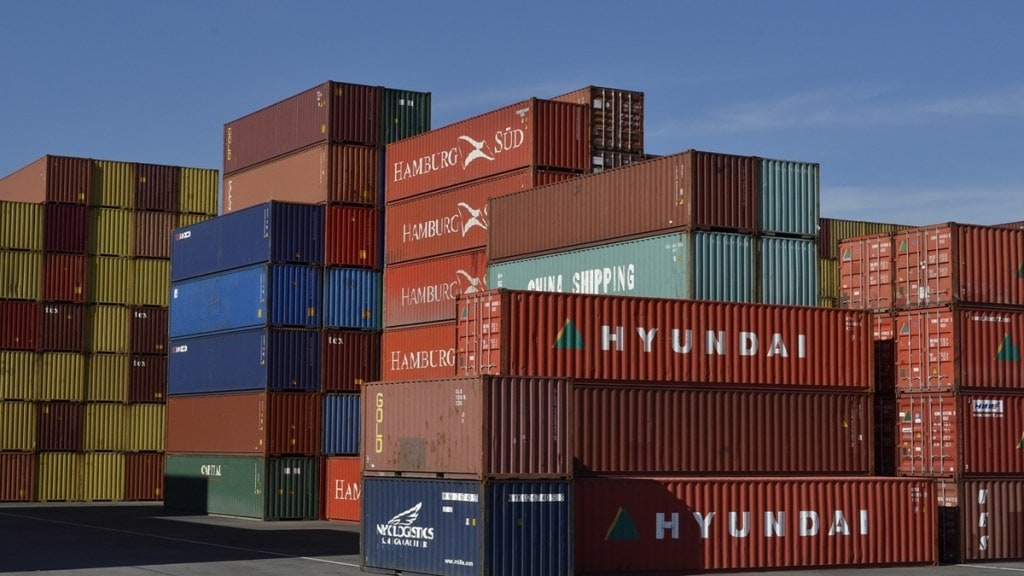The first official estimates of logistics costs in the country, ranging from 7.8-8.9% of the GDP for FY22, prepared by the National Council of Applied Economic Research (with the guidance of ADB), provide a more realistic assessment than earlier ones cited in the Economic Surveys. Although there has been significant progress in developing a logistic ecosystem during the last nine years, reflected in India climbing 16 places in World Bank’s Logistics Performance Index rankings out of 139 countries from the 54th position in 2014, the Economic Surveys pegged logistics cost at an unvarying 13-14% or 14-18% of GDP, which is much higher than global benchmarks.
The provenance of this number is not known, but the discrepancy with ground realities was articulated by Rakesh Mohan, member of the Prime Minister’s Economic Advisory Council, at the launch of an ICRIER report on Express Delivery Services in April. For starters, he compared the share of manufacturing in GDP with the logistics costs and said it was dubious for them to stand so close to each other at 17% and 14%, respectively. Mohan mentioned that NCAER had in 2019 submitted a report to the logistics division of the ministry of commerce and industry, calculating it to be 8.8% of GDP, but the 14% number remained the official wisdom.
NCAER’s latest numbers indicate progress in lowering logistics costs since FY15 when they ranged between 8.3-9.4% of GDP. The NDA regime seeks to further lower them to 7.5% of GDP in five years and improve the country’s LPI ranking to among the top 25 countries by 2030. Lower logistics costs, even if they are better ballpark estimates, reflect the strides the country has made in improving the movement of domestic and export-import cargo through port modernisation and new port development, connectivity enhancement, port-led industrialisation, coastal shipping and inland water transportation through the Sagarmala initiative. Dedicated freight corridors are being built. Flagship schemes include PM Gati Shakti and a National Master Plan for multimodal connectivity which was announced in October 2021. Multimodal terminals built at Varanasi, Sahibganj and Haldia along the Ganges enable goods to be ferried to northeastern states through Bangladesh. It takes 10-times less money to move a cargo by river than by congested roads and highways. As there are different agencies involved in executing these schemes, a National Logistics Policy was launched in September 2022 to streamline processes and provide a multi-jurisdictional framework for the sector.
Looking ahead, these flagship initiatives to improve the logistical ecosystem will in turn provide a better basis to generate more accurate data for estimating costs. Capturing origin-destination pair-wise, commodity-wise and geography-wise data is indeed critical for more accurate estimation of logistics costs. NCAER’s numbers are bound to be further refined in the future, which can enable data-driven policy making. The good news in this regard is that the various states are also getting into the fray for improving their logistics. The government has undertaken survey-based assessments of logistics ease in various states since 2018 through an index that uses the World Bank’s methodology for LPI. Andhra Pradesh, Karnataka, Tamil Nadu, Chandigarh and Gujarat are among the 13 states and Union Territories that have again been categorised as “achievers” by the index for 2023. All of these are positive developments that augur well for lowering logistical costs that improve the country’s global competitiveness.

